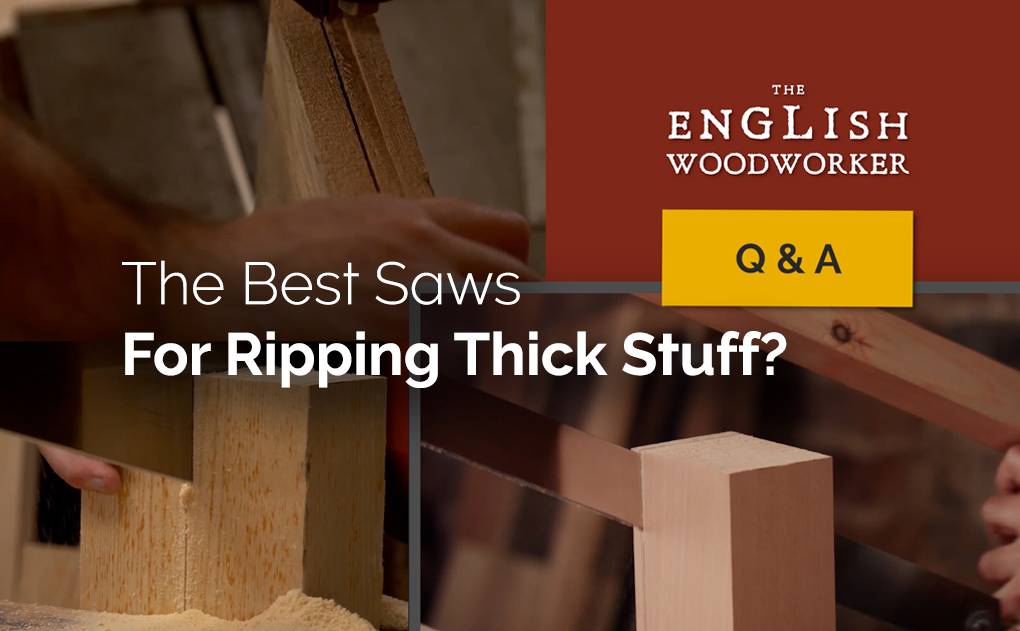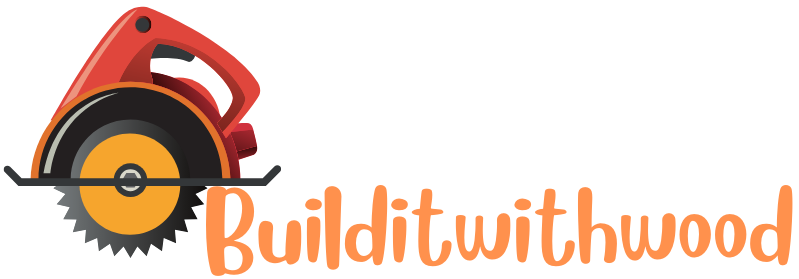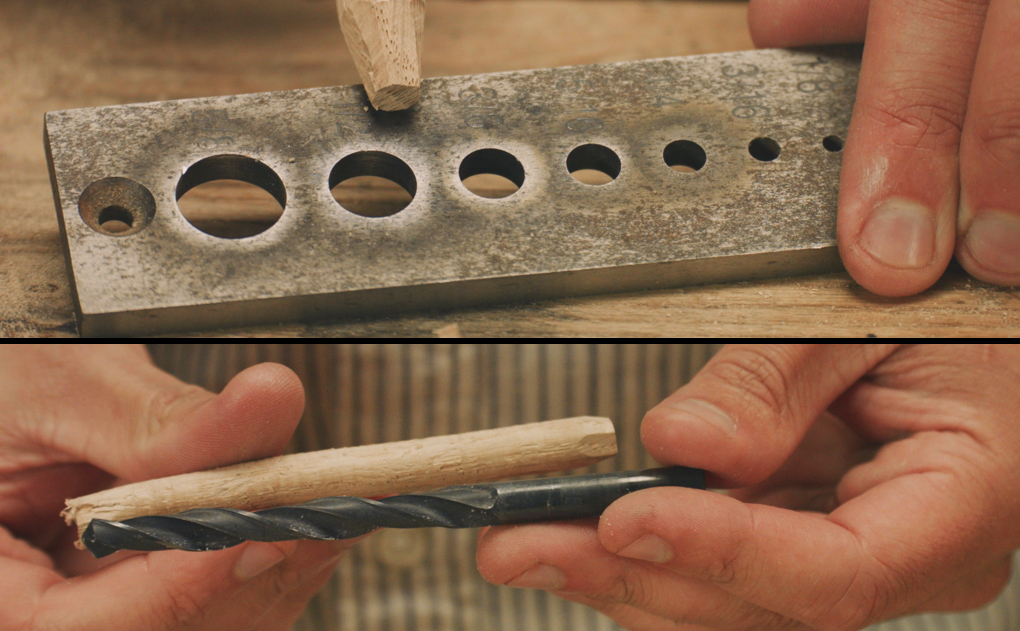

There’s a lot of choice when it comes to rip saws.
And unfortunately options usually just make things more complicated.
So hopefully the video above will help clear up some of the confusion around which saw to reach for or at least give you something to think about when you’ve got a lot of ripping to get on with.
And I’ll jot out a bit of a summary below if you prefer to read.
Don’t Over Think It For Thin Rips.
I want to point out that ripping for many of your builds will be a doddle.
Let’s not make this seem more challenging than it actually is. If your projects are small or you’re knocking up carcasses with timber less than an inch thick then there’s no reason to sweat or over think it.
In these cases you have a lot of options that will whip through your timber nice and quickly.
Owt with rip in the the teeth will do.
So for now let’s just focus on the thick stuff.
Even after many years of challenging myself to come up with a pleasurable efficient method of ripping down thick chunks of timber by hand, it’s still a pig of a job!
Which is why my first suggestion is to get yourself a bandsaw!
The Bandsaw in the Hand Tool Workshop
Due to various workshop moves I haven’t always had a bandsaw but whenever I do get the opportunity it’s the first and only machine that I make space for.
It’s sole purpose in my workshop is for ripping.
The ability to rip down thick stock can help you make the most of the wood that you have to hand, and this will save you a lot of time at the very initial stage of prepping.
If your ripping needs aren’t enough to justify a machine then there’s still plenty of hand saws to pick from.
Western Rip Saws
An obvious choice is a big old Western rip saw.
When it comes to ripping then as a general rule the bigger and rougher the better. They tear through the wood at a good old rate but burn out will come fast. I’d say they’re also the easiest saws to learn how to sharpen with.
A shorter finer backless saw will be much more useful throughout your work though than something that’s fully dedicated, and you can even consider this hardpoint option if you want something low cost that’ll just about do the job straight off the shelf.

My Favourite Hard Point Saw
You’ll be able to see how well this Irwin saw cuts in the video (I have no affiliation).
It’s only 22″ in length and yet I’ve often grabbed it for making thick rips.
The unique thing about this particular hardpoint is that it’s well suited for ripping; it’s the only one I’ve found that is.
Of course if you have the budget for a nice new re-sharpenable saw, or the time to fettle an old one then I’m not discouraging you. Just be mindful of the extra learning curve if sawing and sharpening are new to you.
New skills such as saw fettling take time. Bear that in mind if you’re just wanting to crack on.

Japanese Pull Saws
In many ways Japanese saws are the opposite of a big coarse western rip saw.
They’re extremely thin in comparison and about half the length.
In general I find Japanese saws to cut extremely fast.
However when it comes to through ripping of think material they’re much slower. This is partly because as a western woodworker we’re probably just using a big Ryoba (double edged), as something more specialised may be difficult to source.
But still, the slower inch per minute time can be made up if there’s a lot to cut as I find sawing with these falls into much more of a rhythm and is something I can maintain for a good long while.
Western rip saws can feel a bit like grunt work powering through a cut, whereas Japanese saws are much more about finding that rhythm (think the tortoise and the hare). Sawing with these can almost feel therapeutic.
Something worth noting here though is that these saws respond better if used as intended. Don’t go at it with a westerner’s stance and approach.

Frame Saws
Though they tend to be seen a little less than the other two options, frame saws are actually one of my favourite choices.
If I had no bandsaw and was frequently finding myself with lots of thick rip cuts to make then I would invest some time into dabbling with these more.
I’ve only ever worked with frames that I’ve made myself (which can also make them a very cost effect option) but there are blades with all manner of teeth configurations for you to choose from.
This blade is actually a Japanese tooth pattern that works best on the push.
These saws cut very fast. And if you get into the right position they’re easy to find a good rhythm. They are very different from conventional saws so expect a bit of a learning curve while you get used to them.
Repurposing a bandsaw blade is another great route to try with these saws. You’d have full ability to set them up just how you need that way.
I can’t tell you that hefty, thick rip cutting is ever going to be a breeze, but at least there are plenty of options to go at.
If you’d like a more complete overview of the basic hand tools I’d recommend, then have a read of our guide for your getting started tool kit.





